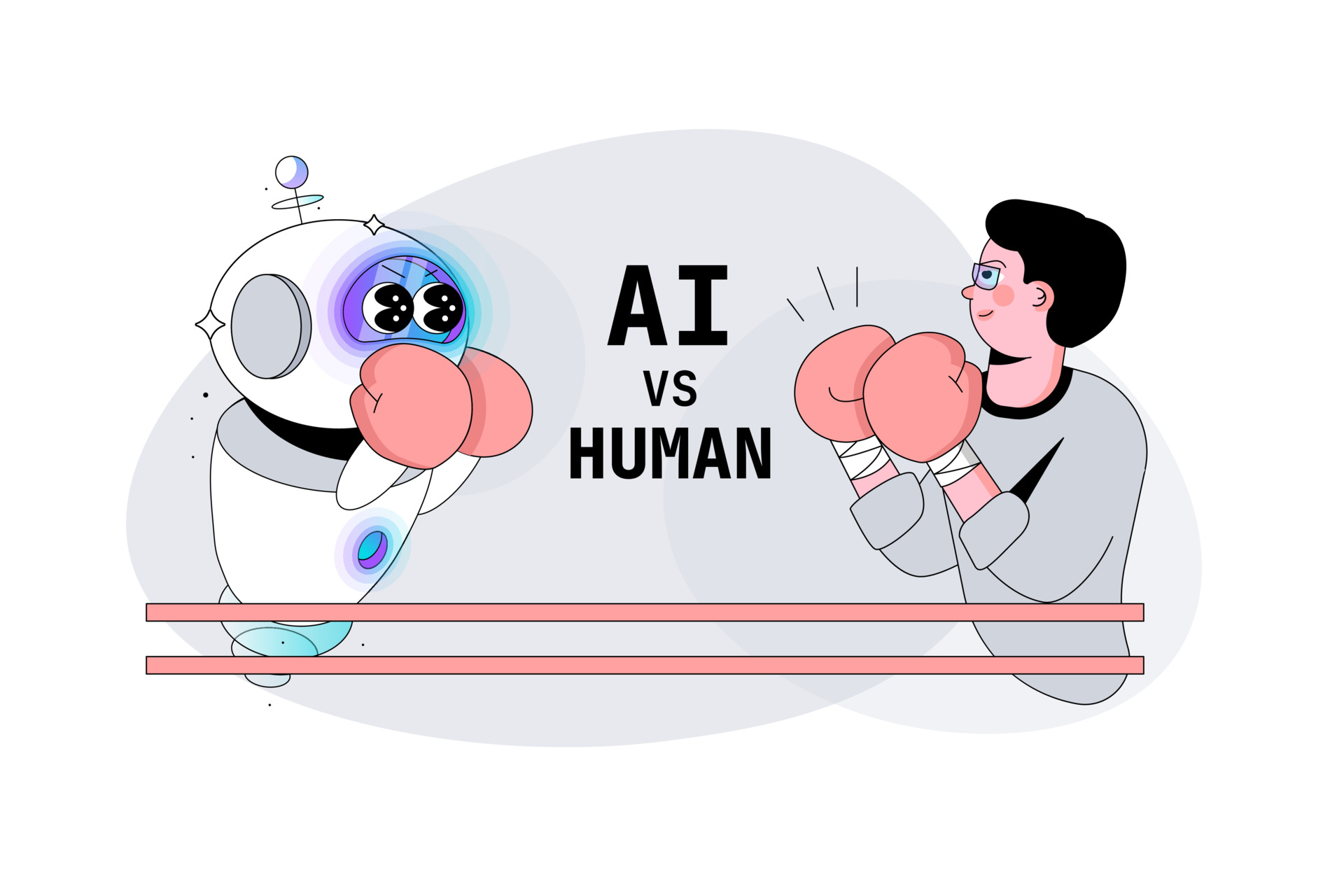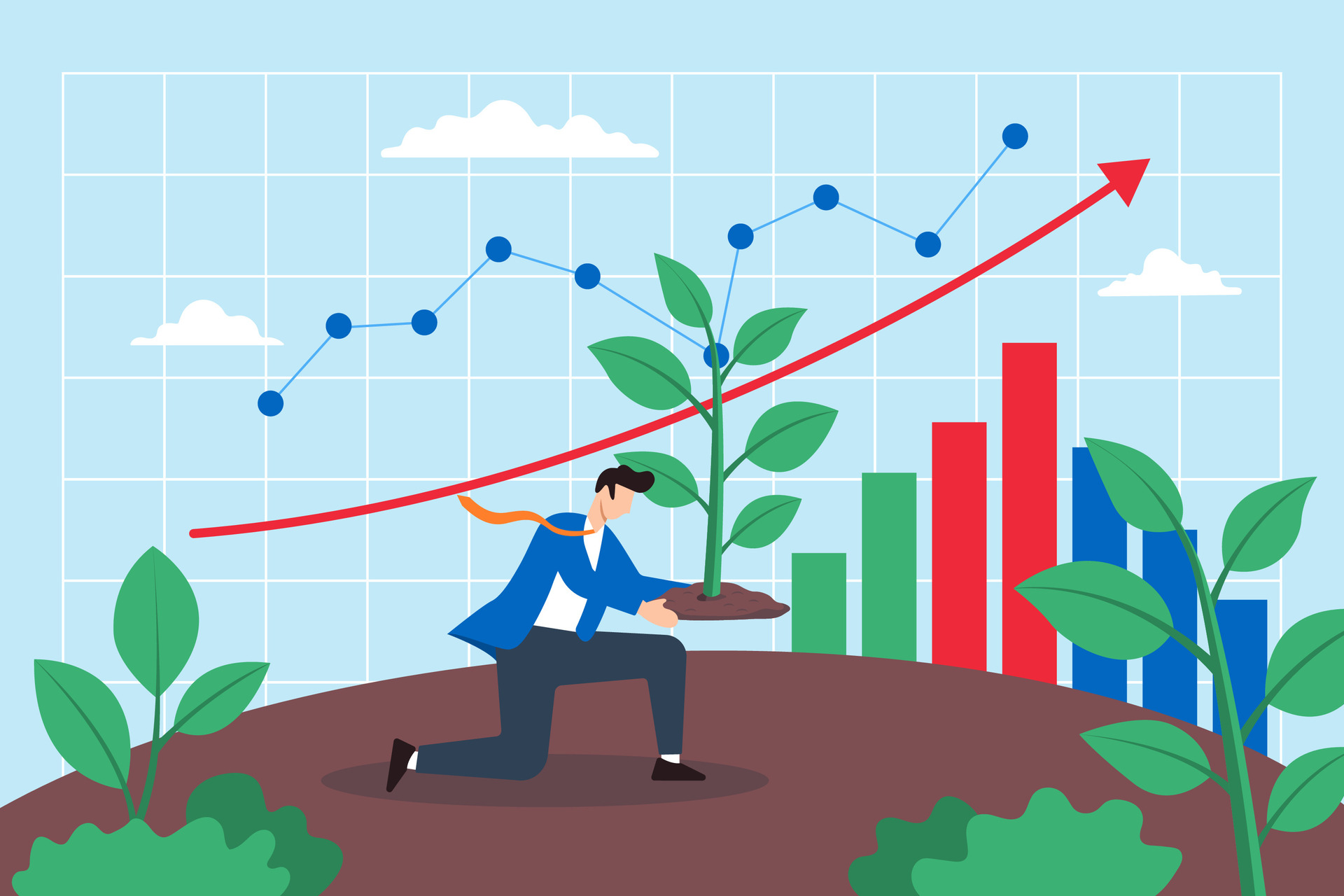
Last week I attended a very informative session at Hitachi Digital Services led by Mark Williams, where they explored the use of Gen AI in Retail, Hospitality, Fashion and Aviation and gave a real in-depth set of demos on the technical implementation of Gen AI.
It did get me thinking about how powerful Gen AI could be and how it can be used to drive certain behaviours within business. The removal of manual, tedious and non-value tasks, the streamlining of processes, the increasing efficiency of teams, all possibilities are limited by the imagination. The downside is that it can still have quite a high-cost entry barrier for smaller businesses who don’t have the technical know-how, teams of Data Scientists or the budgets to fine-tune models.
Yes, businesses are increasingly turning to Artificial Intelligence (AI) as the cornerstone of innovation and efficiency, but I’m becoming more interested in the problems they are trying to solve with the technology. Do businesses even know what problems they are trying to solve in the first place? It’s an important consideration as costs can very quickly spiral with very little ROI.
AI is the latest new shiny toy on the shelf that industry is still getting to grips with, but in my opinion the real magic happens at the intersect where AI meets human insight. This amalgamation is not just transformative; it’s revolutionary, redefining the way we approach challenges and opportunities in the business world.
So let’s explore together the dynamic synergy between AI and human insight, illustrated with (hopefully) relatable examples, to understand how this powerful combination is reshaping the landscape of business transformation.
Understanding the Synergy
At its core, AI provides the computational power to process and analyse data at a scale and speed beyond human capability. Yet, AI lacks the nuanced understanding, emotional intelligence, and ethical reasoning that humans bring to the table. Remember, it is trained on data; but if that data quality is poor, any outputs from the AI results will also be poor.
AI can also have hallucinations, bias and, if not correctly engineered, can cause brand damage – just ask DPD! (https://news.sky.com/story/dpd-customer-service-chatbot-swears-and-calls-company-worst-delivery-service-13052037)
So we can’t just leave AI to its own devices. We still need to combine AI and human insight, but it is that combination which can deliver truly groundbreaking results.
Example 1: Customer Service Evolution
Consider the evolution of customer service. AI-driven chatbots, when developed well, can handle a multitude of customer inquiries simultaneously, offering quick responses to common questions. A great example of a successful implementation is the ChatBot named ‘Billie’ at IKEA. Already processing 5000 queries a day and resolving at least 47% of them successfully and automatically, it has reduced the amount of calls received by the call centre and resulted in a cost saving of €13 million. Its introduction has allowed co-workers to be reallocated to more value-add and diverse skillsets.
However, in the other 53% of cases, when a situation escalates or requires empathy, human agents can step in, bringing understanding and compassion that only a human can offer. This blend ensures efficiency without sacrificing the personal touch that customers value.
Example 2: Data-Driven Decision Making
In decision-making, AI algorithms can analyse vast datasets to identify trends and patterns that might elude human analysts. But interpreting these findings and making strategic decisions requires human insight. For instance, AI might predict a surge in demand for a product based on historical data and trends. Yet, it’s the human managers who assess these insights in the context of current market dynamics, competitive actions, and the company’s capacity to scale operations, making informed decisions that balance risk and opportunity.
Example 3: Innovative Product Development
AI can also play a pivotal role in product development, offering capabilities like predictive analytics, simulation models, tech debt analysis and documentation production. These tools enable businesses to explore a wider range of design and functional possibilities. Yet, it’s the creative vision and experience of human designers and engineers that steer these possibilities into innovations that meet real customer needs. For example, in the automotive industry, AI can simulate millions of design variations for fuel efficiency, but it’s the human engineers who prioritise designs that balance efficiency, safety, and aesthetics.
Example 4: Ethical Considerations and AI Governance
As AI becomes more integrated into business operations, ethical considerations and governance become increasingly important. As previously mentioned, AI systems can inadvertently perpetuate biases present in their training data, leading to unfair or unethical outcomes. It requires human oversight to ensure AI systems operate within ethical guidelines and societal norms. This oversight involves setting up frameworks for AI governance, conducting regular audits, and involving stakeholders in discussions about the ethical use of AI. I think this will become a very hot topic over the coming months as AI becomes even more mainstream and accessible to the masses.
The Path Forward
So where do we go from here?
I believe the path forward involves cultivating a symbiotic relationship between AI and human insight for the benefit of all. Businesses will need to invest in training programs that equip employees with the skills to work alongside AI, fostering a culture of collaboration and continuous learning. Moreover, it’s crucial to involve employees in the AI integration process, ensuring they understand how AI tools enhance their work rather than replace it.
A Collaborative Future
The synergy between AI and human insight offers a blueprint for business transformation that is both innovative and grounded in human values. By leveraging AI’s computational excellence and human cognitive, emotional, and ethical strengths, businesses can navigate the complexities of the modern world more effectively. This collaborative approach not only drives efficiency and innovation but also ensures that the technological advances serve the broader interests of society.
As we stand on the brink of a new era in business transformation, let’s embrace the complementary strengths of AI and human insight. Together, they hold the key to unlocking unprecedented opportunities for growth, innovation, and societal benefit. The future is not about choosing between AI and human intelligence; it’s about harnessing the best of both to create a more prosperous and inclusive world.
As always, please feel free to drop some comments into the article. I’m particularly interested in how you plan to navigate this synergy, and what lessons are you learning?
Until next time….








